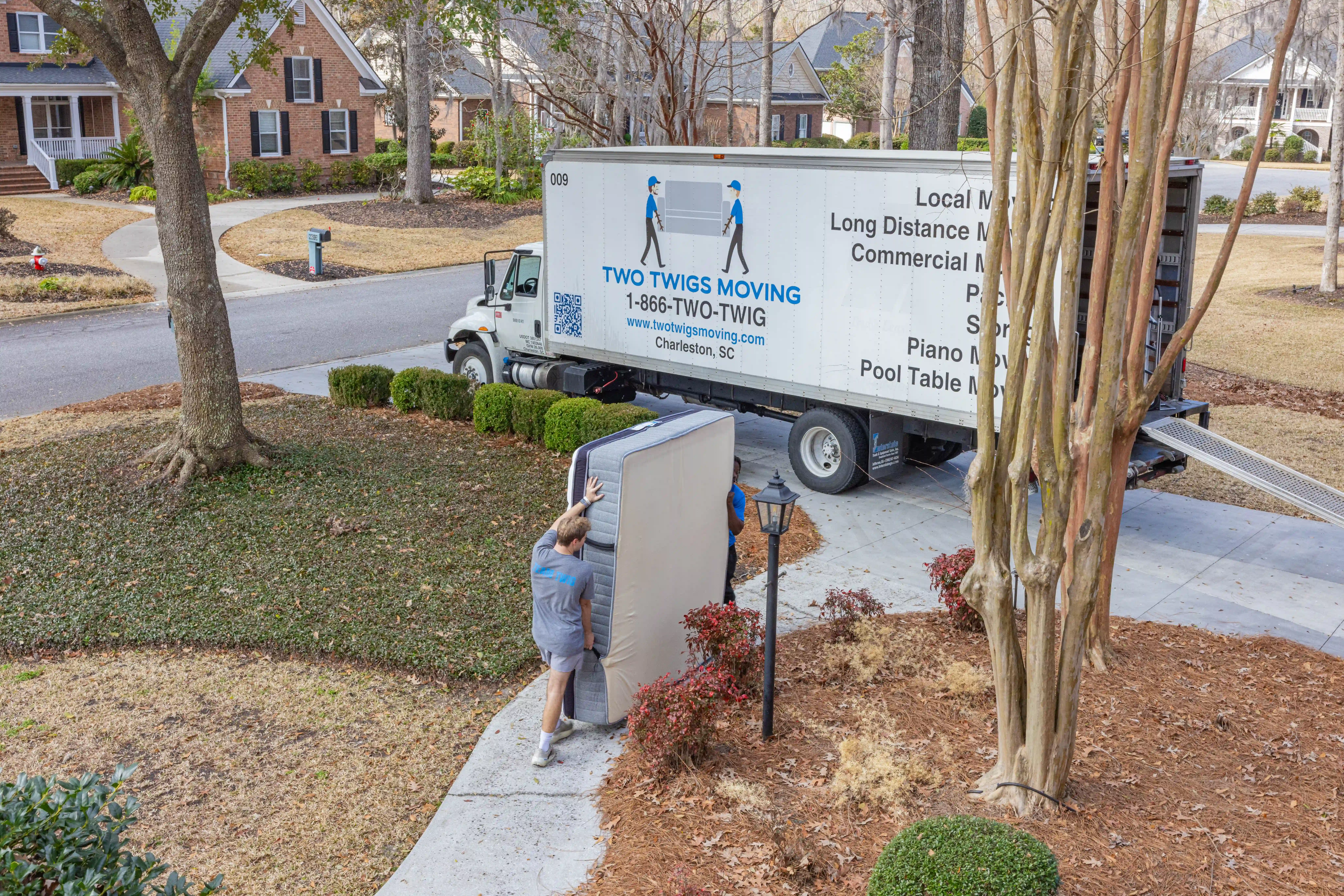Moving to a new home is an exciting adventure, but when your journey takes you across long distances, it comes with a unique set of challenges. Whether you’re relocating for a job, family reasons, or simply for a change of scenery, understanding what to expect and how to prepare can make your move smoother and less stressful. In this comprehensive guide, we’ll cover everything you need to know about long-distance moving to help you plan and execute a successful transition.
1. Planning Ahead
The first step in any successful long-distance move is early planning. Start by creating a detailed timeline that outlines the tasks you need to complete before your moving day. Determine your budget, and allocate funds for various aspects of the move, such as hiring a moving company, packing supplies, and travel expenses.
2. Choosing the Right Moving Company
Selecting the right moving company is crucial for a seamless long-distance move. Research and compare moving companies that specialize in long-distance moves. Ask for recommendations and read reviews. When speaking with potential movers, be sure to ask about their experience, insurance coverage, and any additional services they offer.
3. Inventory and Decluttering
Before you start packing, take inventory of your belongings. Decide what items you want to keep, what you can donate or sell, and what should be discarded. Reducing your load not only simplifies the move but can also save you money on transportation costs.
4. Packing Strategies
Packing efficiently is key to a successful long-distance move. Use high-quality packing materials such as sturdy boxes, packing tape, packing paper, and bubble wrap. Properly label each box with its contents and destination room to make unpacking easier at your new home.
5. Moving Supplies
Prepare a checklist of essential moving supplies. This may include boxes of various sizes, packing tape, packing paper, bubble wrap, furniture blankets, and mattress covers. Having the right supplies on hand will streamline your packing process.
6. Special Considerations
Long-distance moves often come with unique challenges. If there’s a gap between moving out of your old home and moving into your new one, consider storage options for your belongings. Additionally, if you have vehicles to transport, research vehicle shipping services or make travel arrangements.
7. Insurance and Liability
Protecting your belongings during transit is essential. Discuss insurance options with your chosen moving company to ensure that your possessions are covered in case of damage or loss. Understanding the liability coverage provided is crucial for peace of mind.
8. Moving Day
On the day of the move, stay organized and keep a copy of your inventory list handy. Communicate with the moving company to ensure everything goes smoothly. Double-check that all your belongings are loaded onto the moving truck and that nothing is left behind.
9. Staying Connected
Stay in contact with your moving company throughout the journey. Many moving companies offer tracking services that allow you to monitor the progress of your belongings. This can help ease any anxiety about the status of your move.
10. Settling In
Once you arrive at your new home, take time to acclimate to your new surroundings. Find local services, explore your new neighborhood, and get involved in your community. Building connections in your new location can help you settle in more comfortably.
11. Dealing with Challenges
Despite careful planning, challenges may arise during a long-distance move. Delays, damaged items, or unexpected expenses can be stressful. Be prepared to adapt and address these issues as they come up, and maintain open communication with your moving company to resolve any problems.
12. Legal and Administrative Considerations
Don’t forget about the administrative side of your move. Update your address with the post office and ensure your official documents reflect your new address. Additionally, update your voter registration if you’re moving to a new state.
13. Budgeting for Unforeseen Expenses
While you’ve likely budgeted for the main aspects of your move, it’s essential to have some funds set aside for unforeseen expenses. Unexpected costs can crop up, so having a financial cushion can provide peace of mind.
14. Tips for a Smooth Transition
Finally, remember that adapting to a new city or state takes time. Find local services you need, make an effort to meet new people, and explore your new surroundings. Embrace the adventure of a fresh start in a new place.
In conclusion, long-distance moving can be a complex process, but with careful planning and the right resources, you can make it a successful and positive experience. By following these tips and staying organized, you’ll be well-prepared for your journey to a new home.
For professional assistance with your long-distance move, Two Twigs Moving is here to help. Contact us today to learn more about our services and how we can make your long-distance move a smooth transition to your new home.


.svg)


